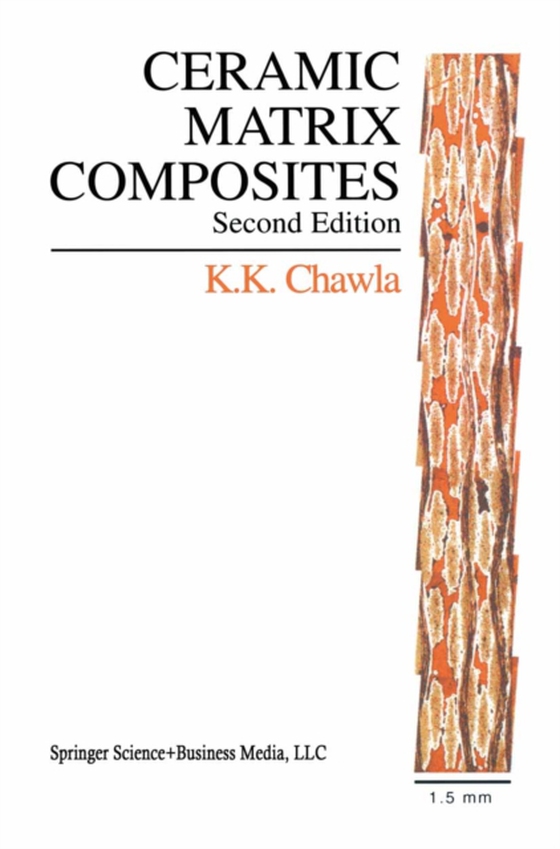
Ceramic Matrix Composites e-bog
2190,77 DKK
(inkl. moms 2738,46 DKK)
This second edition of a highly successful book is completely revised and updated. It continues to have the same theme, viz., processing, structure, properties, and the performance of ceramic matrix composites. The term ceramic here includes inorganic silica-based glasses, crystalline ceramics, glass-ceramics, intermetallics, and carbon. All of these have the underlying unifying thread that the...
E-bog
2190,77 DKK
Forlag
Springer
Udgivet
27 november 2013
Genrer
TDCQ
Sprog
English
Format
pdf
Beskyttelse
LCP
ISBN
9781461510291
This second edition of a highly successful book is completely revised and updated. It continues to have the same theme, viz., processing, structure, properties, and the performance of ceramic matrix composites. The term ceramic here includes inorganic silica-based glasses, crystalline ceramics, glass-ceramics, intermetallics, and carbon. All of these have the underlying unifying thread that they are all brittle and fairly high temperature materials. After an introductory chapter, the processing, microstructure, and properties of various ceramic materials, reinforcements, and their composites are described. A separate chapter is devoted to processing of ceramic reinforcements, with a special emphasis on fibers. Processing of ceramic matrix composites is the next chapter, which includes novel techniques such as sol-gel processing and ceramics from polymeric precursors. The next four chapters cover the subjects of interface region in ceramic composites, mechanical and physical properties, and the role of thermal stresses and the important subject of toughness enhancement. Laminated composites made of ceramics are described in a separate chapter. Finally, a chapter is devoted to various applications of ceramic matrix composites. Throughout the text, the underlying relationships between the components of the triad: processing, microstructure, and properties are brought out. An exhaustive list of references and suggested reading is provided. Ceramic Matrix Composites is aimed at final year undergraduates and first year graduate students in materials science and engineering and related fields. It will also be a valuable source of reference for the practicing engineer or scientist.
 Dansk
Dansk

